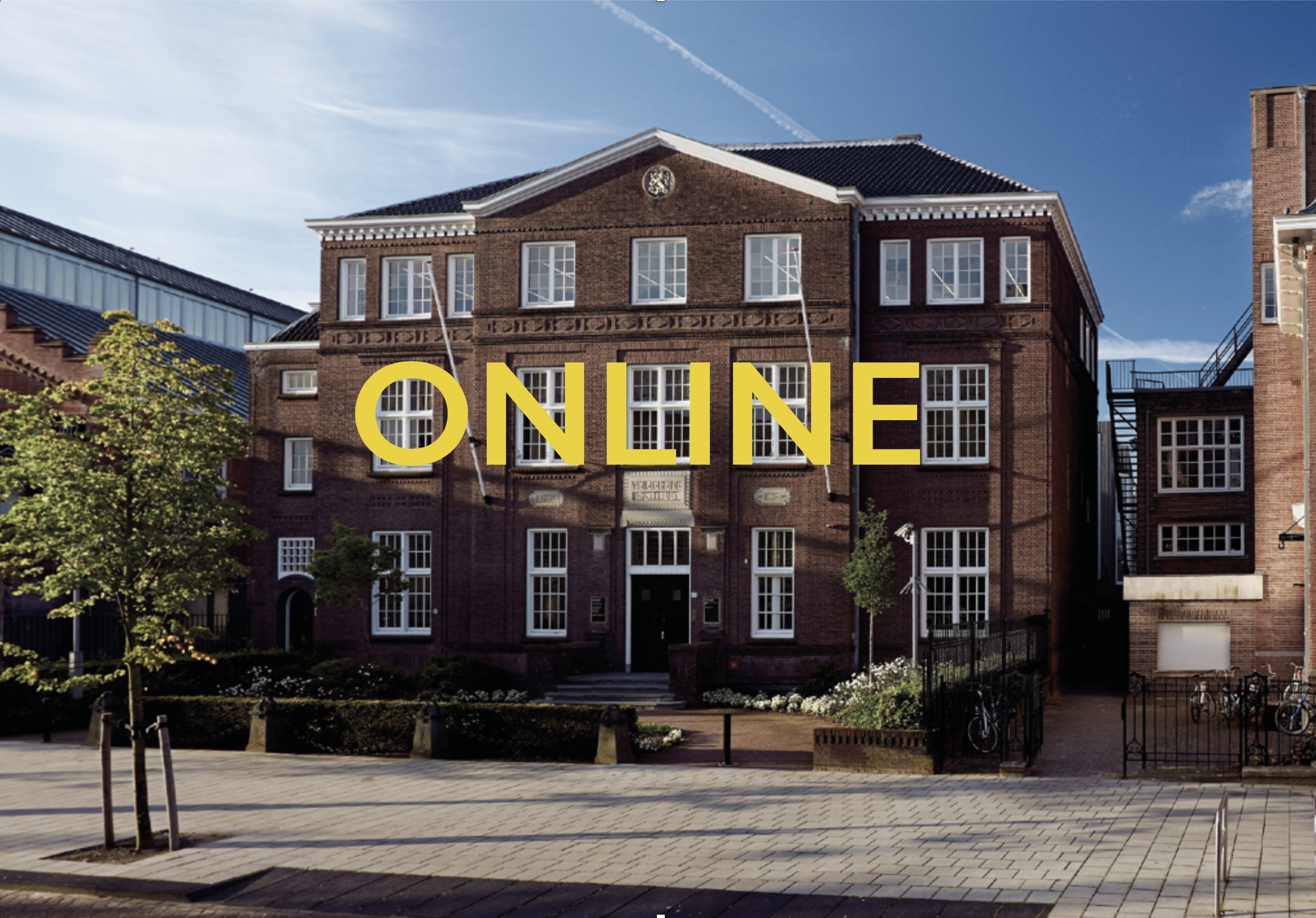

We are pleased to announce a new, online edition of the NICAS colloquium on Thursday 13 March 2025 from 12.00 to 13.00 hrs. The colloquium will take place online through Microsoft Teams. Throughout the year, NICAS organises a bi-weekly Colloquium consisting of two short research lectures. It provides researchers with the opportunity to present ideas for, updates on or results of their activities. The NICAS Colloquium allows people to stay informed on a regular basis about the latest developments and results of research and to exchange information and expertise.
The chair of this colloquium is Han Zhou (UvA) and this week’s presentation is by Luuk Spreeuwers (Universiteit Twente).
By clicking this Teams-link the meeting will open in your browser.
►Luuk Spreeuwers – The Role of Facial Hair on Roman Emperors’ Face Recognition
Abstract
Hairstyle plays an important role in the identification of Roman imperial portraits in the historical and archeological context. This makes sense because, at the time, hairstyle and facial hair were considered important in projecting an image of authority and legitimacy, and this image is expected to be applied consistently. However, deep learning face recognition models have shown that said portraits can also be recognized without explicitly focusing on the hairstyle. In this paper, we demonstrate that such models still achieve reasonable recognition rates if the coiffure and facial hair of the Roman emperor portraits are removed from the input image by replacing the relevant areas with average face image data, generated from the Roman emperor’s dataset. The comparison of the recognition performance between the datasets with and without coiffure and facial hair shows that these features are not essential for reasonable recognition rates for a face recognition system.
Bio
Luuk Spreeuwers is an Associate Professor at UTW, where he leads the Computer Vision and Biometrics (CVB) group which is part of the Data Management and Biometrics group. The CVB group performs research in the areas of computer vision and biometrics including 2D and 3D face recognition, Forensic Biometrics, Image Manipulation Detection, Vein Recognition and since recently, Heritage Biometrics. The CVB group consists of 7 senior researchers and about 16 PhD students and several postdocs and also provides a Master’s specialisation Computer Vision and Biometrics.